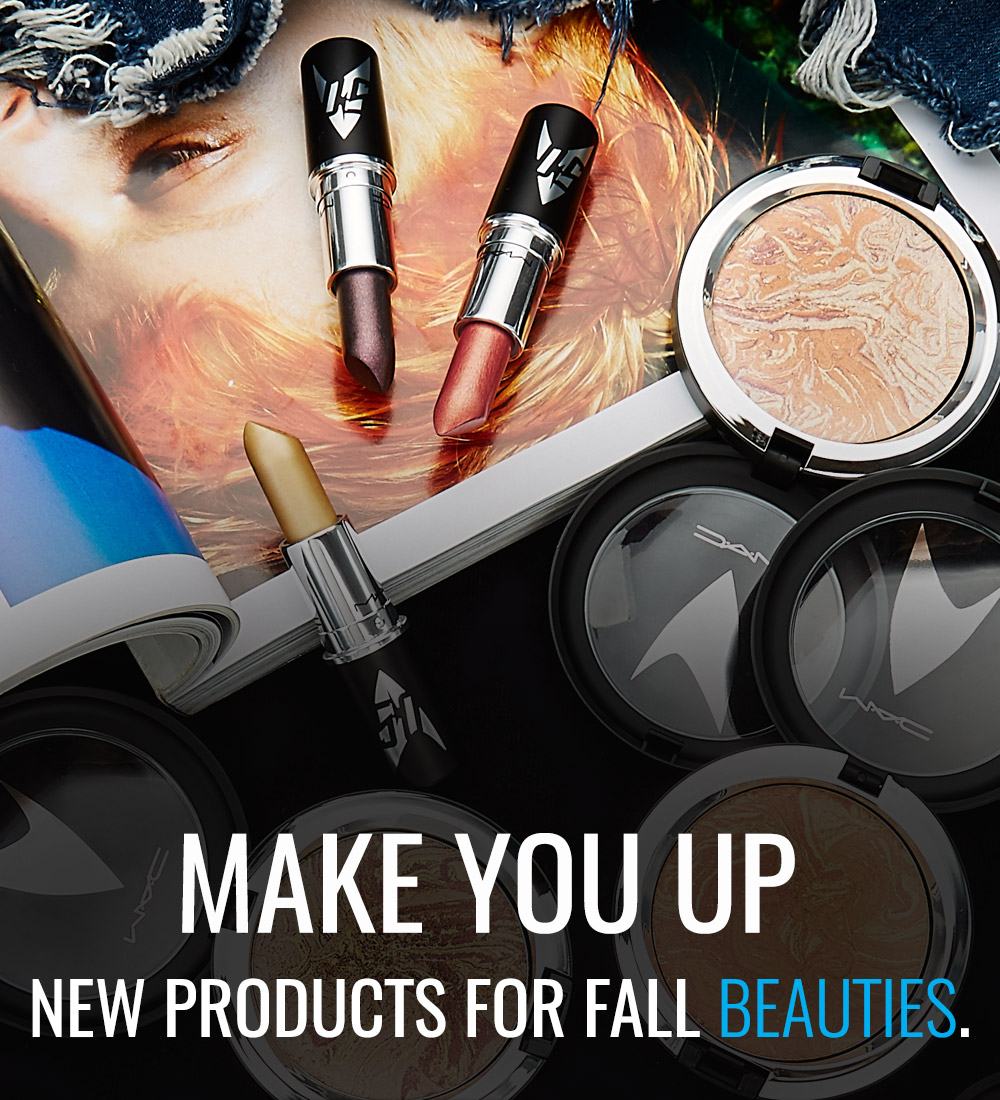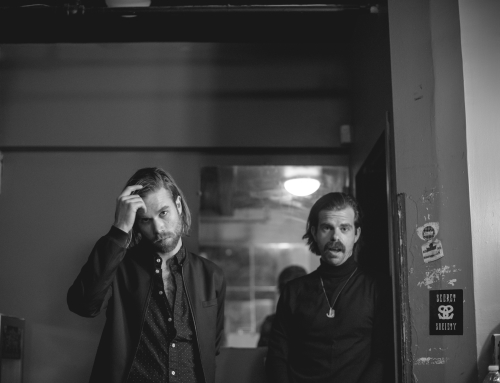There are not many formulas left for artistic success given the industry’s crowded buffet of choices. However, it is incumbent upon all artists to release not only consistent, but also a sustained stream of albums to remain relevant. Sissy Wish (aka Siri Wålberg) got the memo. Although her third album, Beauty Never Dies, was released in the songstress’ homeland of Norway in 2007, she is preparing for its North American release and her first international tour.
Having perfected a sound that is dynamic and eclectic, the electro-pop singer has sliced through the litter and expanded on the sometimes claustrophobic term “electro” by way of a unique mix of doo-hop, folk and rock, brought together by Wålberg’s celestial Betty Boop-esque vocals.
Produced by Jorgen Traen (Sondre Lerche and Kayzers Orchestra), album tracks envision an ethereal world with Wålberg’s idiosyncratic character as the anchor, or rather the axis, of this 80s-inspired jaunt. Songs like “Float,” the head-nodder “YAYAYA,” and the contagious chanting on “DWTS,” all successfully vie for DJ approval, but it’s the album’s more vulnerable moments, like “Milk” and “Music On The Radio,” that demonstrate the depth of emotion and pulchritude of Wålberg’s writing.

In Conversation with Siri Wålberg
So here you are embarking on this massive tour and you’re already thinking about tracks for your fourth record titled ….Happy Monster?
[The title is] kinda cute and scary at the same time, and I like that. I think it suits me well when it comes to the music.
Your sound changed on your third album, why go back to your second album’s producer Kato Aadland again for your fourth?
Well, that’s why I thought it was so interesting to ask him one more time, because we worked so well before and, um, I wasn’t finished with him. [Laughs] So that’s why! I haven’t seen him for some years now and the only way to see him is to work with him.
Will Happy Monster sound similar to your first two releases—more organic and guitar-driven—or resemble the quirkier, electronic side of your third?
It is kinda quirky-electronic. I just wanted to take the challenge [of electronic music] on one more time because I didn’t get any better playing the guitar, so I had to make some sounds with the keyboard. I wrote all the songs digitally and wanted to work with him [Kato Aadland] to give it some more traditional instrumentation; it sounded too flat.
Let’s move from flat to tap…you seem to have a talent for it….
Yeah, I did, like, for a year, and then I tap danced on the album. That was crazy! The whole thing was because I met so many strange people there: that was the reason I wanted to go to a tap dance course.
And somehow that comes across as cool. I guess perhaps it’s because Scandinavian culture, by default, is cutting-edge…especially when it comes to fashion. What is your take on fashion and its part in your own musical identity?
[Laughs] Before, I didn’t think about it, but now it’s beginning to be a pretty fun component. Because we’re, like, two people on stage. Every time I do a show, I’m trying to put on a performance, so it’s important to get influences from several places.
Do you have a favourite designer?
Yeah, do you know Claude Montana? He still makes clothing, I think, but in the 80s he made a lot of super nerdish, shoulder pad stuff. [Laughs]I love it!
Did you make or find the cassette tape t-shirt you wore in the New York showcase with The Grates?
Yeah, yeah, my boyfriend found all the cassettes in a vintage store, and then he made it. It’s homemade and it’s really heavy, and it really hurts! We borrowed a new Les Paul guitar and I think the tapes scratched it in the last 4 songs, but it was worth it, in a way, to use crazy stuff.
You’ll dress in an outfit made out of cassette tapes and yet you’re a self-proclaimed geek? Seems you embody the essence of Scandinavian fashion: chic, vanguard, and elaborate. Might you not be a fashion icon?
No, because I am too quirky to be a fashion icon! [Laughs] I just want to show people that I’m having fun.











